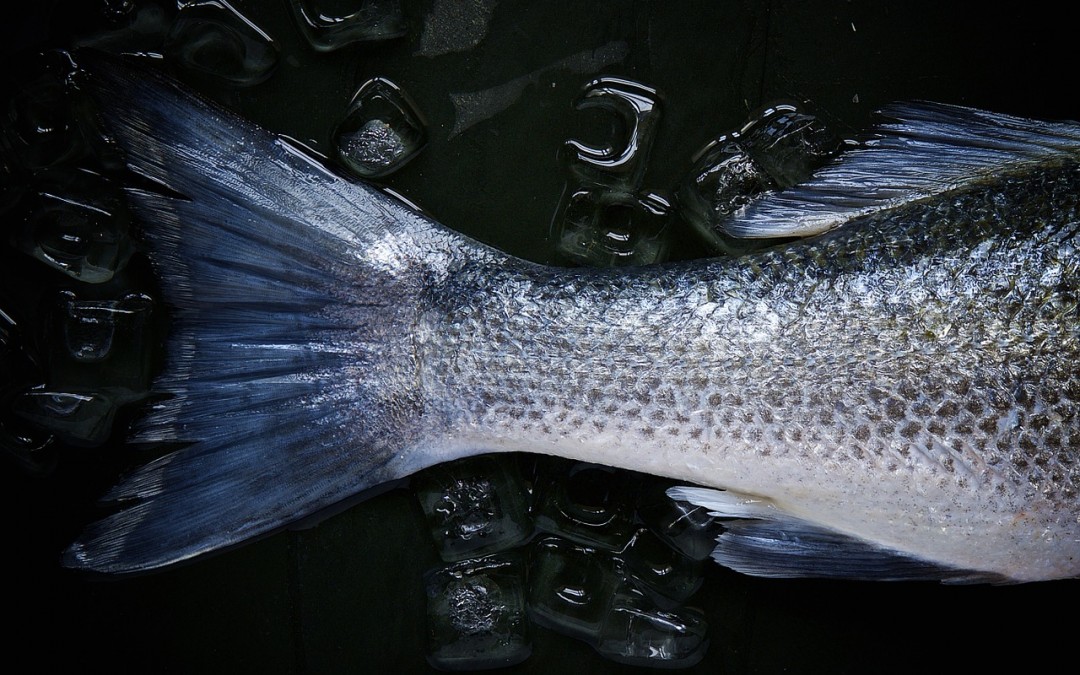What’s the difference?
Many new practices are being explored as we search for sustainable farming techniques to help feed the planet. However, hearing these terms for the first time can be a little hard to follow. Hydroponics? Permaculture? What really is the difference anyways? And why does it matter?
Here we have handpicked 4 terms within 3 articles that clearly explain the differences so that you can find out what’s really happening in the fish farming world.
“Hydroponics
Hydroponics is a time-tested method widely used for growing tomatoes and lettuce in greenhouses. The plants are grown directly in a water-based solution containing all the essential nutrients required by them. Inert media like pebbles or clay pellets are sometimes used for supporting the plants. The absence of soil completely eliminates disease-causing soil organisms and weeds. Consequently, labor, as well as the use of use of herbicides, is greatly reduced.
The controlled environment protects the crop from most of the air-borne pests. Occasional infestations and fungal infections can be tackled effectively by targeted use of pesticides and fungicides.
Hydroponics typically uses only 20 percent of the water required for traditional cultivation. Periodical replacement of the nutrients-depleted water is the main recurring cost. Electrical conductivity of the solution is monitored daily to maintain optimum nutrient levels. The solution has to be changed when chemical imbalance is detected. Energy requirements include the aeration and pumping of the solution every 4 to 6 hours. Hydroponic culture can be done indoors under artificial lighting, but, while it makes year-round production of food possible, it pushes up the energy bill.
Aquaculture
Aquaculture is the farming of aquatic organisms: fish, molluscs, crustaceans, aquatic plants, crocodiles, alligators, turtles, and amphibians. Farming implies some form of intervention in the rearing process to enhance production, such as regular stocking, feeding, protection from predators, etc. Farming also implies individual or corporate ownership of the stock being cultivated.

For statistical purposes, aquatic organisms which are harvested by an individual or corporate body which has owned them throughout their rearing period contribute to aquaculture, while aquatic organisms which are exploitable by the public as a common property resource, with or without appropriate licences, are the harvest of capture fisheries.”
Source: http://www.fao.org/fishery/cwp/handbook/J/en
“Aquaponics
Aquaponics is a complex cultural method that evolved as an effective solution for the recycling of the waste generated in aquaculture. Based on the wetland ecosystem in which plants and animals support each other, the nitrogenous waste produced in the aquaculture of fish, prawns or clams is used as fertilizer for plants grown hydroponically. Aquaponics enlists the help of nitrogen-fixing bacteria and worms to break down the fish waste into nitrates and nitrites that can be absorbed by the plants. The resulting clean water is then recirculated into the aquaculture tank.
The main input in an aquaponic system is fish food besides the power for the running of the electric pumps that recirculate the water round the clock. Since the water loss, mainly from transpiration by plants and evaporation into the atmosphere, is minimal, replenishment is needed very rarely. This reduces the water requirement of aquaponics to about 2 percent of that of traditional cultivation.”
“Permaculture
Originally, the word “Permaculture” was the combination of the two words “permanent” and “agriculture”. Two Australian men named Bill Mollison and David Holmgren coined the term in the 1970’s. It is an agricultural philosophy that allows us to use the resources that we have around us to their fullest potential.
By observing and le arning from our environment, such as how does nature replenish its soil, how does nature protect and conserve its water resources, how has nature adapted to the specific climate of an area, etc…we can learn how to imitate these natural processes in our daily living.
arning from our environment, such as how does nature replenish its soil, how does nature protect and conserve its water resources, how has nature adapted to the specific climate of an area, etc…we can learn how to imitate these natural processes in our daily living.
The more closely that we can work with nature, the more likely we are to establish a balance which will provide us with the things that we need without hurting the environment.
One of the founding fathers of Permaculture, Bill Mollison, has defined Permaculture as “the conscious design and maintenance of agriculturally productive ecosystems, which have the diversity, stability and resilience of natural ecosystems”.”
Source: http://www.neverendingfood.org/b-what-is-permaculture/
Conclusion
Hopefully, now you have a better understanding of what these terms are, and even how to start your own aquaponics system if you’d like! Have any more questions about these terms? Leave us a comment and we’ll get back to you!
We hope your fish farming business brings you success. We have a very cool gift we would like you to have – a Guide to teach you how to feed your fish for FREE! Yes, no food to buy. Please click here to download your free copy.
Finally, if you really have it in your “gut” to become a fish farmer (even in your backyard) go sign up on our Aquaculture Central Site at http://aquaculturecentral.smartmember.com (No Cost! Nada! Nothing!) for hundreds of hours of training and information. If you are really serious fill out the download survey sheet there on the Aquaculture Central site and tell us about how we can help you reach your dreams!! You can do it! You can!
Sources: Our hand-picked articles to best describe Hydroponics, Aquaculture, Aquaponics and Permaculture. Check ‘em out!
http://www.fao.org/fishery/cwp/handbook/J/en
http://www.neverendingfood.org/b-what-is-permaculture/
Related Articles
5 Surprising Facts about Fish Farming that Everyone Ought to Know
5 Approaches to Making Aquaculture Sustainable
Simple Hydroponic Gardening For All of Us




Great article I just started fish farming business and this article in fact your all website information very helpful for me thanks for sharing such awesome information